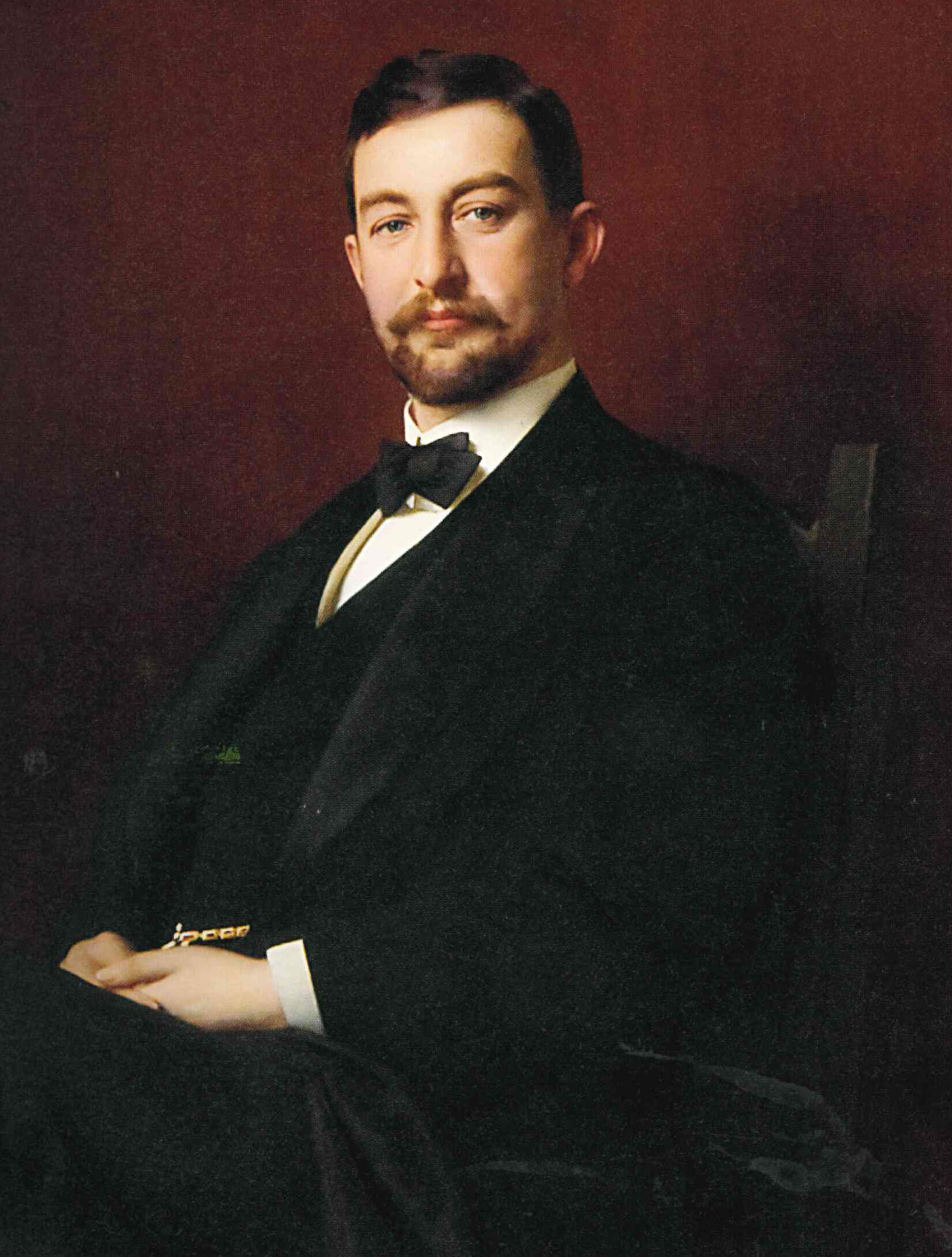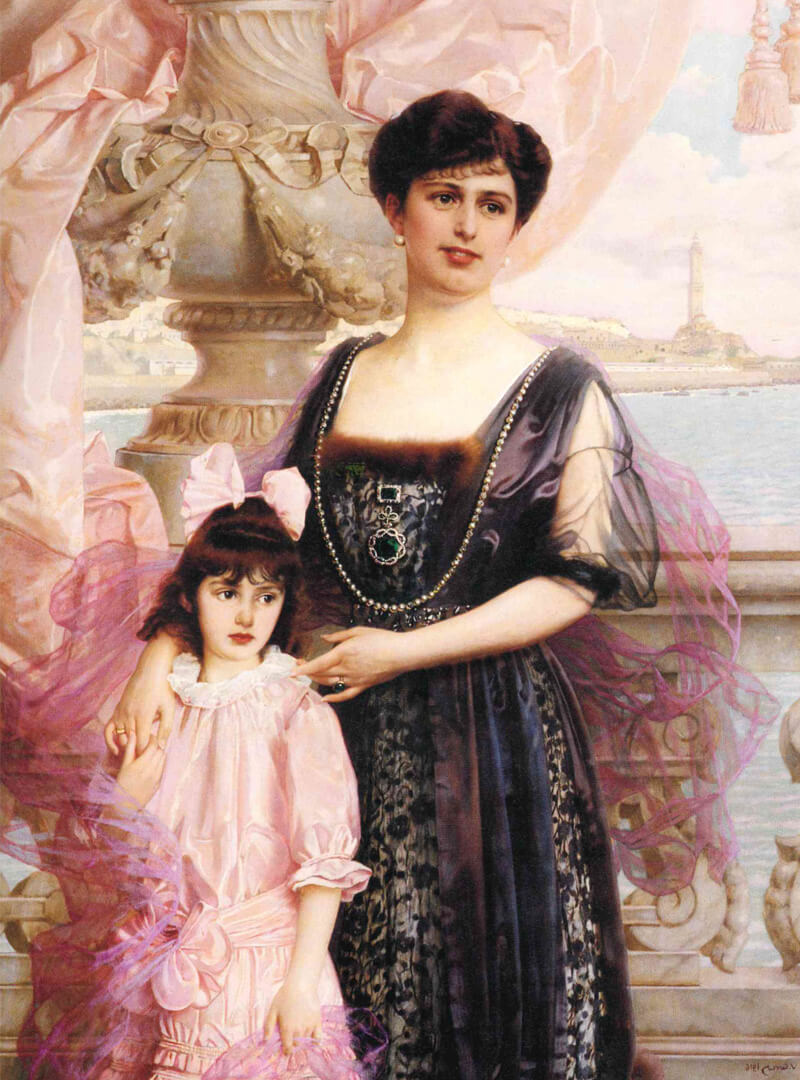The Pallavicino family also acquired fame for illustrious ecclesiastical figures, including Cipriano archbishop of Genoa (1567-1586) and, in addition to the already mentioned Antoniotto, four cardinals: Giovanni Battista (1517-1524), Opizzo (1686-1700 ), Lazarus (1669-1680) and Lazarus Opizzo (1766-1785).
Like other great patriciate families, the Pallavicinos also acquired fiefdoms in the Habsburg domains and in the Marquisate of Monferrato and some representatives of the family took up residence in foreign locations giving rise to descendants who, although far from their homeland, never forgot their identity as patricians Genoese. A branch of the Pallavicinos, thanks to the affirmation of Cardinal Lazzaro, settled in Rome, where the cardinal’s brother, Stefano, acquired the title of prince of Gallicano and his nephew Nicolò Saverio was Carlo that of prince of Civitella. Another branch was established in the mid-eighteenth century in Bologna by the illustrious Gian Luca, marshal of Maria Theresa of Austria and governor of Milan, while in the second half of the same century Gian Carlo, general in the service of the emperor Joseph II of Austria , settled in Hungary, giving rise to the still flourishing line of the Margraves Pallavicino/Pallavicini, Genoese patricians.
After the fall of the Republic of Genoa, after the period between 1797 and 1815 which saw profound institutional changes take place in the Ligurian territory, with the definitive annexation to the Kingdom of Sardinia, the Pallavicinos maintained great social visibility, holding public offices and dignity at the Royal Court of the Casa Savoy, but also that congenital resourcefulness that saw them participate in the economic ferment that led Genoa to play a primary role in the new Italy. Nor did the passage to the republican regime, after the dramatic events of the Second World War, in a society that had profoundly changed, cause the presence of the family to disappear in the social and cultural life of the city.


